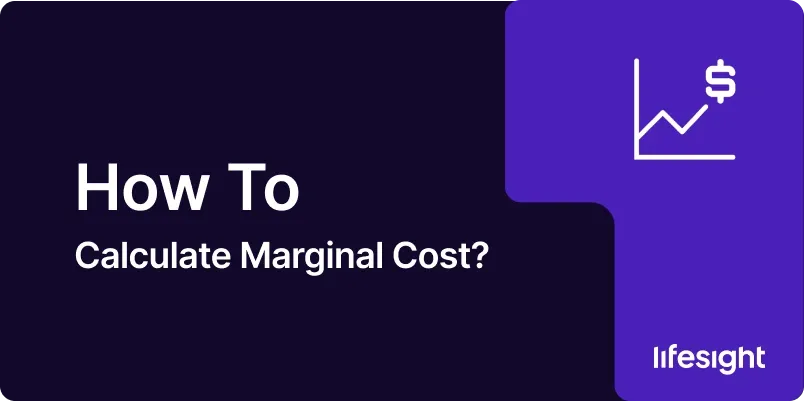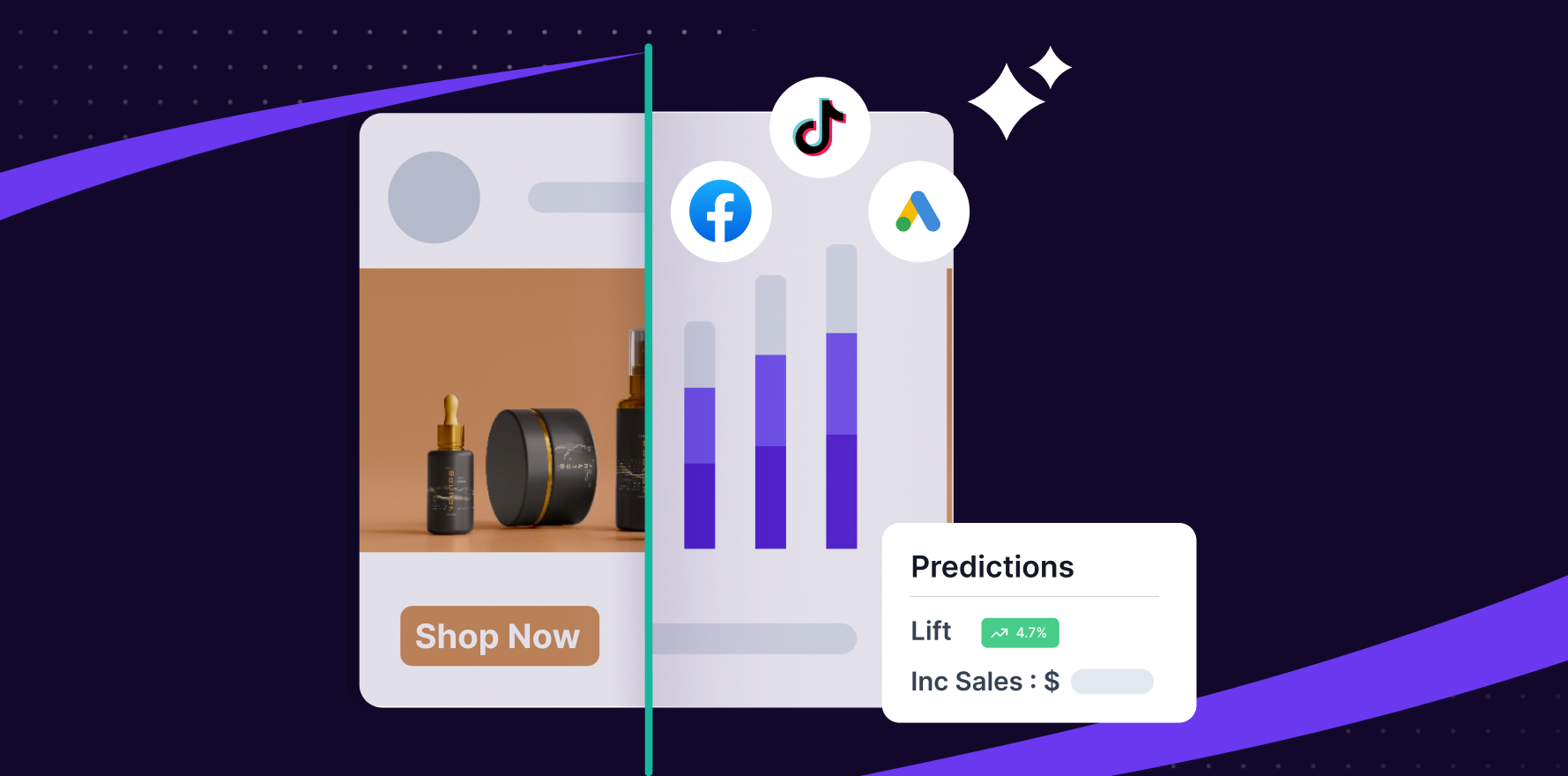
In the world of business and economics, understanding costs is crucial for making informed decisions. One of the most important concepts in this realm is marginal cost. Whether you’re a business owner, manager, or student of economics, grasping how to calculate marginal cost can give you valuable insights into production efficiency and pricing strategies. In this guide, we’ll dive deep into the world of marginal cost, exploring what it is, why it matters, and most importantly, how to calculate it.
What is Marginal Cost?
Before we jump into the calculations, let’s make sure we’re on the same page about what marginal cost actually means. In simple terms, marginal cost is the additional cost incurred when producing one more unit of a good or service. It’s the cost of stepping up production by just one unit.
Think of it this way: if you’re baking cookies, and you’ve already made a dozen, what would it cost you to make just one more cookie? That’s the marginal cost.
Why is Marginal Cost Important?
Understanding marginal cost is crucial for several reasons:
- Pricing Decisions: Knowing your marginal cost helps you set prices that ensure profitability.
- Production Planning: It guides decisions about whether to increase or decrease production.
- Efficiency Analysis: Marginal cost trends can indicate whether your production process is becoming more or less efficient as output increases.
- Break-Even Analysis: It’s a key component in determining the break-even point for your business.
Now that we understand its importance, let’s roll up our sleeves and learn how to calculate it.
How to Calculate Marginal Cost: Step-by-Step Guide
Calculating marginal cost isn’t as daunting as it might seem. Follow these steps, and you’ll be crunching numbers like a pro in no time.
Step 1: Gather Your Data
Before you can calculate anything, you need the right information. Here’s what you’ll need:
- Total cost of production at your current output level
- Total cost of production at the next output level
- The number of additional units produced
For example, let’s say you’re currently producing 100 units at a total cost of $1000, and you’re considering increasing production to 101 units at a total cost of $1005.
Step 2: Use the Marginal Cost Formula
The basic formula for marginal cost is:
Marginal Cost = Change in Total Cost / Change in Quantity
In mathematical notation, this is often written as:
MC = ΔTC / ΔQ
Where:
- MC = Marginal Cost
- ΔTC = Change in Total Cost
- ΔQ = Change in Quantity
Step 3: Calculate the Change in Total Cost
Subtract the total cost at the current production level from the total cost at the new production level:
ΔTC = $1005 – $1000 = $5
Step 4: Calculate the Change in Quantity
In our example, we’re only increasing production by one unit, so:
ΔQ = 101 – 100 = 1
Step 5: Plug the Numbers into the Formula
Now, let’s use our formula:
MC = $5 / 1 = $5
Therefore, the marginal cost of producing the 101st unit is $5.
Real-World Applications and Considerations
While the basic calculation is straightforward, real-world scenarios often introduce complexities that you should be aware of:
1. Variable vs. Fixed Costs
Remember that marginal cost typically only considers variable costs. Fixed costs, like rent or salaries, usually don’t change with small increases in production. However, if a production increase requires new equipment or facilities, you might need to factor in these step costs.
2. Economies and Diseconomies of Scale
As production increases, you might experience economies of scale, where marginal cost decreases due to increased efficiency. Conversely, diseconomies of scale can occur when production becomes less efficient at higher volumes, causing marginal cost to rise.
3. Non-Linear Cost Functions
In many real-world scenarios, the relationship between cost and quantity isn’t perfectly linear. You might need to use calculus or statistical methods to accurately model and predict marginal costs in these cases.
4. Short-Term vs. Long-Term Analysis
Short-term marginal cost calculations might differ from long-term ones. In the short term, some costs are fixed, while in the long term, all costs become variable.
Common Pitfalls to Avoid
When calculating marginal cost, watch out for these common mistakes:
- Ignoring Relevant Costs: Make sure you’re including all costs that change with production volume.
- Using Average Cost Instead: Don’t confuse marginal cost with average cost. They’re different concepts and can lead to very different decision-making outcomes.
- Overlooking Quality Changes: Sometimes, increasing production can lead to quality changes that affect costs indirectly.
- Assuming Constant Marginal Cost: In reality, marginal cost often varies at different production levels.
Practical Tips for Accurate Marginal Cost Calculations
To ensure your marginal cost calculations are as accurate and useful as possible, keep these tips in mind:
- Use Small Increments: Calculate marginal cost for small changes in production for the most accurate results.
- Keep Detailed Records: Maintain thorough cost records to make data gathering easier and more accurate.
- Regularly Update Your Calculations: Costs can change over time, so update your marginal cost calculations regularly.
- Consider Multiple Scenarios: Calculate marginal cost for various production levels to understand how it changes with scale.
- Consult with Experts: For complex situations, don’t hesitate to consult with accountants or economists.
Marginal Cost in Decision Making
Now that you know how to calculate marginal cost, let’s explore how to use this information in decision-making processes:
Pricing Strategies
In a perfectly competitive market, the ideal price point is often where marginal cost equals marginal revenue. While real markets are rarely perfect, this principle can still guide pricing decisions.
Production Planning
By comparing marginal cost to the price you can charge for each additional unit, you can determine whether increasing production is profitable. If the marginal cost is lower than the price, it generally makes sense to produce more.
Cost Control
Tracking marginal cost over time can help identify areas where costs are increasing faster than expected, allowing you to investigate and address inefficiencies.
Investment Decisions
When considering investments in new equipment or processes, estimating how they’ll affect marginal cost can help you evaluate their potential return on investment.
Advanced Concepts: Marginal Cost Curve
As you become more comfortable with marginal cost calculations, you might want to explore the concept of the marginal cost curve. This is a graphical representation of how marginal cost changes with production quantity.
Typically, the marginal cost curve is U-shaped due to the interplay of fixed and variable costs:
- Initially, marginal cost often decreases as fixed costs are spread over more units and efficiency improves.
- At some point, it reaches a minimum.
- Then, it starts to increase as diseconomies of scale set in (e.g., overtime pay, equipment wear and tear).
Understanding your business’s marginal cost curve can provide valuable insights for long-term planning and strategy.
Conclusion
Calculating marginal cost is a fundamental skill in business and economics. By following the steps outlined in this guide and keeping in mind the real-world considerations we’ve discussed, you’ll be well-equipped to make informed decisions about pricing, production, and overall business strategy.
Remember, while the basic calculation is simple, the true value lies in interpreting the results and applying them to your specific situation. Regularly calculating and analyzing your marginal costs can give you a competitive edge, helping you optimize your operations and maximize profitability.
As you continue to refine your skills in this area, you’ll find that understanding marginal cost opens up a whole new perspective on your business operations. It’s a powerful tool that, when used correctly, can drive your business towards greater efficiency and success.
So, the next time you’re faced with a decision about increasing production or setting prices, take a moment to calculate your marginal cost. It might just be the key to unlocking your next big business breakthrough!
Free essential resources for success
Discover more from Lifesight
















